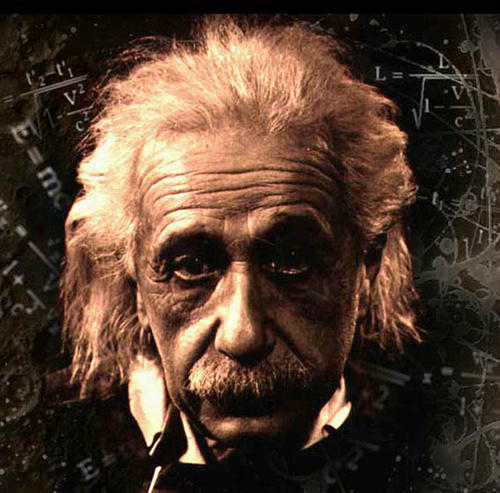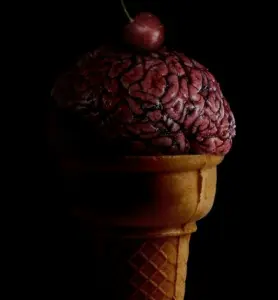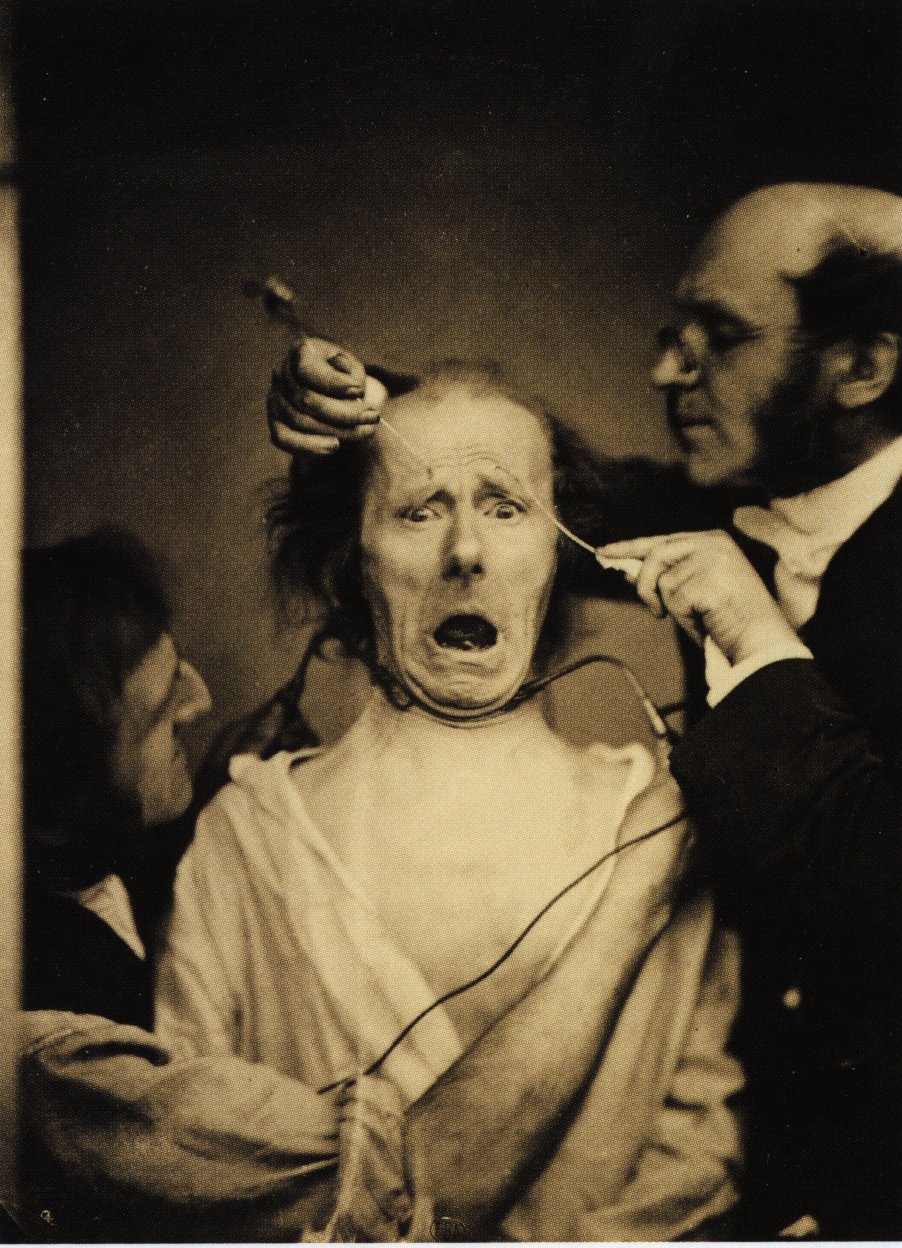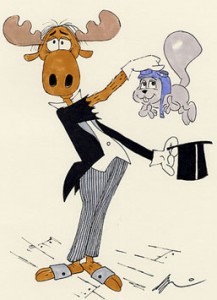Sunday, June 23, 2013
Saturday, June 22, 2013
Brain Freeze
Why do we get Brain Freeze? [Sphenopalatine Ganglioneuralgia]
Have you ever wondered why you get “brain freeze” when you eat something cold such as ice cream or a milkshake? That sudden pain in your forehead is known in medicine as sphenopalatine ganglioneuralgia.
It is caused by having something cold touch the roof of the mouth (palate), or the total immersion in water that is generally below 15°C (or 10°C or even 5°C for some acclimated open water swimmers). It is believed to result from a nerve response causing rapid constriction and swelling of blood vessels or a “referring” of pain from the roof of the mouth to the head.
An ice cream headache is the direct result of the rapid cooling and rewarming of the capillaries in the sinuses. A similar but painless blood vessel response causes the face to appear “flushed” after being outside on a cold day. In both instances, the cold temperature causes the capillaries in the sinuses to constrict and then experience extreme rebound dilation as they warm up again.
In the palate, this dilation is sensed by nearby pain receptors, which then send signals back to the brain via the trigeminal nerve, one of the major nerves of the facial area. This nerve also senses facial pain, so as the neural signals are conducted the brain interprets the pain as coming from the forehead—the same “referred pain” phenomenon seen in heart attacks.
It is caused by having something cold touch the roof of the mouth (palate), or the total immersion in water that is generally below 15°C (or 10°C or even 5°C for some acclimated open water swimmers). It is believed to result from a nerve response causing rapid constriction and swelling of blood vessels or a “referring” of pain from the roof of the mouth to the head.
An ice cream headache is the direct result of the rapid cooling and rewarming of the capillaries in the sinuses. A similar but painless blood vessel response causes the face to appear “flushed” after being outside on a cold day. In both instances, the cold temperature causes the capillaries in the sinuses to constrict and then experience extreme rebound dilation as they warm up again.
In the palate, this dilation is sensed by nearby pain receptors, which then send signals back to the brain via the trigeminal nerve, one of the major nerves of the facial area. This nerve also senses facial pain, so as the neural signals are conducted the brain interprets the pain as coming from the forehead—the same “referred pain” phenomenon seen in heart attacks.
Brain-freeze pain may last from a few seconds to a few minutes. Research suggests that the same vascular mechanism and nerve implicated in “brain freeze” cause the aura (sensory disturbance) and pulsatile (throbbing pain) phases of migraines.
How do we stop brain freeze? WikiHow explains.
Find more interesting stories on the official Neuroscience Facebook page
Source: http://wisciblog.com/2012/05/29/why-do-we-get-brain-freeze-sphenopalatine-ganglioneuralgia/
How do we stop brain freeze? WikiHow explains.
Find more interesting stories on the official Neuroscience Facebook page
How do we stop brain freeze? WikiHow explains.
Find more interesting stories on the official Neuroscience Facebook page
Source: http://wisciblog.com/2012/05/29/why-do-we-get-brain-freeze-sphenopalatine-ganglioneuralgia/
'Sheep-eating' Plant has sharp spines to snare and trap sheep and other animals

The RHS Puya chilensis is expected to be in bloom in the glasshouse for about a week
RHS 'sheep-eating' plant about to bloom in Surrey
A South American plant with a 10ft (3m) tall flower spike is about to bloom in a Surrey glasshouse for the first time since it was planted 15 years ago.
The Royal Horticultural Society (RHS) at Wisley said the Puya chilensis, a native of Chile, would bloom in the next few days and last about a week.
In the Andes it uses its sharp spines to snare and trap sheep and other animals, which slowly starve to death.
The animals then decay at the base of the plant, acting as a fertiliser.
The RHS feeds its specimen on liquid fertiliser.
The gardening charity said very few specimens of Puya chilensis were known to have flowered in the UK.
The National Botanic Garden of Wales waited 11 years for its plant to bloom, though clumps bloom every April in the open on Tresco in the Isles of Scilly.
The plant has bright greeny-yellow flowers on tall spikes above the razor-sharp spines.
"I'm really pleased that we've finally coaxed our Puya chilensis into flower," said horticulturalist Cara Smith.
"We keep it well fed with liquid fertiliser as feeding it on its natural diet might prove a bit problematic."
"It's growing in the arid section of our glasshouse with its deadly spines well out of reach of both children and sheep alike."

What the brain draws from: Art and neuroscience http://goo.gl/TJI9V
Source:
https://www.facebook.com/photo.php?fbid=361206160627870&set=a.159591030789385.40195.139688176113004&type=1&permPage=1
Friday, June 21, 2013
Insanity Explained

Insanity: doing the same thing over and over again and expecting different results.
Albert Einstein
Insanity is relative. It depends on who has who locked in what cage.
Ray Bradbury
Guillaume Duchenne de Boulogne performing facial electrostimulus experiments.jpg
Duchenne de Boulogne (1801 - 1875)
- category:medecine
Thursday, June 20, 2013
Burmese Python Opens Door
Burmese Python Opens Door in Viral Video
A 16-foot albino burmese python, named Julius, is the star of a video viraling around the Internet.
In the very short video, Julius can be seen emerging from a closet after opening the door herself.
The video was uploaded to Vimeo three years ago, but is just viraling now thanks to fresh posts on several blogs.
Julius' owner Jenner writes on the Vimeo entry that when Julius is bored of being in a dark room she "flips on the light, opens the door and bails."
Jenner also says Julius "learned how to open doors years ago of her own accord." Take a look:
Source:
http://www.sciencespacerobots.com/
Wednesday, June 19, 2013
Monday, June 10, 2013
Saturday, June 1, 2013
10 Must-Read Success Lessons from Michael Jordan

Jordan going in for a slam dunk with his signature exposed tongue.
Michael Jordan is a former American professional basketball player, active businessman, and majority owner of the Charlotte Bobcats, National Basketball Association (NBA) team.
His biography on the NBA website states, “By acclamation, Michael Jordan is the greatest basketball player of all time.”
Success Lessons from Michael Jordan
1. The Mind
If you go there in your mind, it’s only a matter of time before you go there in body.
You have to see it; if you can see it, if you can perceive it, then you will find away to get it. The question is, “How bad do you want it?” If you don’t “want it,” you won’t get it! If you can live without it, you will.
To succeed, you have to be hungry; you have to thirst for success.
To succeed, you have to be hungry; you have to thirst for success.
2. Go Around
“If you’re trying to achieve, there will be roadblocks. I’ve had them; everybody has had them. But obstacles don’t have to stop you. If you run into a wall, don’t turn around and give up. Figure out how to climb it, go through it, or work around it.”
Obstacles are what prepare you for success. They are there to ensure you don’t arrive prematurely; they are there to ensure that when you arrive, you are ready.
3. Perspective
“Always turn a negative situation into a positive situation.”
Every negative situation contains the seed, for a great outcome, but you must recognize it. To succeed you must turn negative situations into positive ones. You can’t focus on the negative, you must see the positive, it’s the only way up the ladder of success.
You must see the positive; you must become positive, in order to experience success.
4. Loyalty and Responsibility
“The game is my wife. It demands loyalty and responsibility, and it gives me back fulfillment and peace.”
Success demands loyalty and responsibility! Are you loyal to your duties, do you faithfully complete the critical tasks that are requisite to your success. Are you faithful to your responsibilities, are you consistent.
To succeed, you must be loyal to your passion; you must give it your all.
5. Expectations
“You have to expect things of yourself before you can do them.”
Jordan said, “If you accept the expectations of others, especially negative ones, then you never will change the outcome.”
In life you will get what you accept and what you expect. What are you expecting? What are you accepting? When you change the answers to these questions, you will change your life.
6. Make It Happen
“Some people want it to happen, some wish it would happen, others make it happen.”
In order to succeed you’re going to have to kick down the door and make it happen on purpose.
You’re not going to “luck up” and succeed; success won’t come with the passage of time. If you’re going to succeed, you’re going to have to roll up your sleeves, put your head down, and make it happen at all costs.
7. Passion
“Even when I’m old and grey, I won’t be able to play it, but I’ll still love the game.”
You must have passion in order to succeed. If success is to be yours, it will be yours while you are following your passion. You won’t succeed doing something you despise, you won’t even succeed doing something that you like doing, you will succeed when you do what you love — what you’re passionate about.
8. Try
“I can accept failure, everyone fails at something. But I can’t accept not trying.”
How can you succeed if you never try? How can you go to your grave knowing that you never tried? You may not know what paths will work best for you, the only way to discover the right path — is to try. Try and try, until you discover your difference. Try until you learn where you can be a success.
9. Work
“I’m not out there sweating for three hours every day just to find out what it feels like to sweat.”
If success is to be yours, you can rest assured that you’re going to have to work at it. To be the best, you have to give your best; you have to work harder than the rest. While people are resting, you have to be working.
Success is a game, you have to play hard, you have to out-smart the competition, you have to put in the work.
Jordan said, “I have always believed that if you put in the work, the results will come.”
10. Fail
“I have missed more than 9000 shots in my career. I’ve lost almost 300 games. 26 times, I’ve been trusted to take the game winning shot and missed. I’ve failed over and over and over again in my life. And that is why I succeed.”
Never fear failure, fear not trying, fear not giving your best, fear losing focus, but never fear failure.
Failure is the path to success.
Failure is the sign that you’re headed in the right direction. To succeed twice as fast, fail twice as much. Fail often, fail daily, and soon you will succeed.
Jordan said, “I have never been afraid to fail.”
Failure is the path to success.
Failure is the sign that you’re headed in the right direction. To succeed twice as fast, fail twice as much. Fail often, fail daily, and soon you will succeed.
Jordan said, “I have never been afraid to fail.”
Source:
Source http://www.basketballphoto.com/basketballindexz.htm
Subscribe to:
Comments (Atom)






